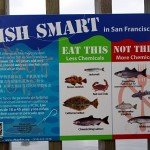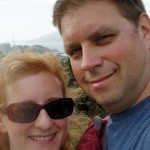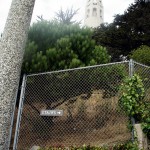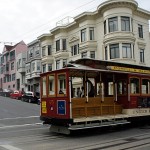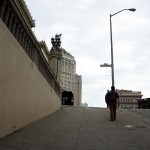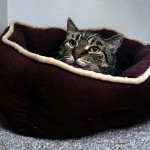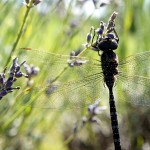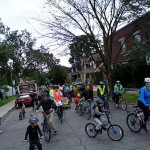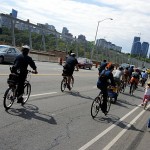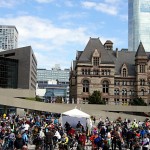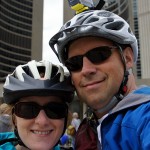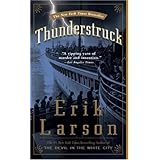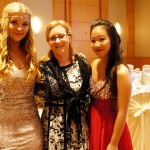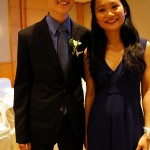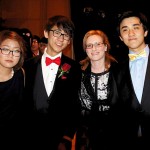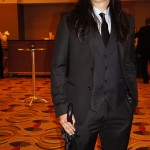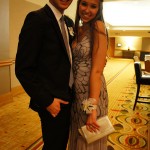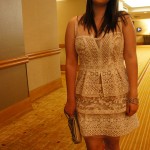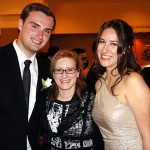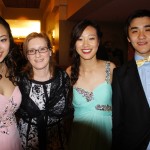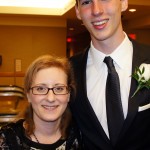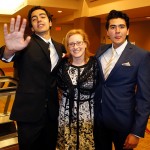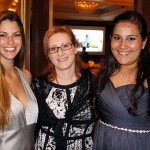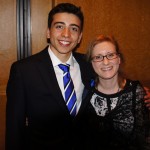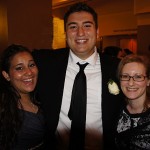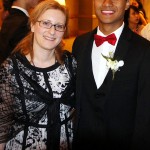Most people who know me well enough to be reading my blog would know that I don’t celebrate Christmas. Neither do I celebrate Chanukah. I am an atheist. I also tend to dislike this time of year because of its hyper-commercialism and valueless materialism.
However, I did recently have an experience that harkens back to the supposed ‘true spirit of Christmas.’
At Val’s family Christmas dinner we were awaiting some kind of big surprise. Dinner came and went. No surprise. Val’s sister called prematurely from China to inquire about our reaction to the big surprise. Nothing. Until Val’s uncle Walter asked everyone to put on their coats to go outside.
Walter and his partner Sandra live north of St. Clair, west of Dufferin, where the houses are packed together and there are laneways running behind most streets. It was about eight o’clock on a crisp but not terribly cold night. Some of the guests were wearing only slippers on their feet.
We all shuffled out into the backyard where the lamb and chicken had just been barbecued by brothers Walter and Simon, who was in from Ottawa. Simon’s wife Glenda, who had recently moved back to Toronto for work, had been out there at the grill as well.
Once outside, we were all urged down the garden path and into the laneway. Walter took little Eli’s hand – he’s about four – because cars definitely use the laneway as a road as evinced by the speedbumps. We walked south a few houses, crossed a street, continuing on a house or two until we came upon an open gate. Walter asked Eli, “Why is this gate open? Let’s see.”
We all followed into a parking area where ahead of us there was a glass door with a curtain open just enough to see someone moving around in the well-lit room. Whoever it was, he was wearing red and white.
I now had enough pieces to fit together the puzzle of the surprise: Santa Claus is waiting for Eli and this must be Glenda’s new house. But there was more.
I’m pretty sure most of us were no longer thinking about the surprise. We watched the Santa scence through Eli’s eyes. We all entered a tiny, narrow room containing one chair and a stool. Santa sat with a bag of gifts and gave them out. Everyone had their eyes on Eli as he politely received a potato gun and a few other little boy toys. He definitely had a twinkle in his eyes but he was also clearly thinking about the plausibility of all of this.
After the bag was emptied Glenda ushered us forward through a backyard and into the main house. Santa must have slipped out the back.
In the next phase of the surprise Glenda revealed that she had bought this very special house – one she had always coveted – Toronto’s tiniest house. As we walked through the three rooms it clearly was tiny.
Simon entered through the front where he was questioned by inquiring Eli about Santa’s identity. Apparently Simon and Santa share the same face.
While everyone marvelled at the compactness of the neat little one-storey house and petted the 21-yer old cat Flapjack who lay curled up in a blanket on the one chair in the front room, Glenda and Simon prepared a little toast.
Simon, who had recently given the preacher-worthy fire and brimstone eulogy at his brother Geoff’s packed funeral, gave a brief toast to brother, uncle, father, husband Geoff. “To Geoff”, we all chimed in. We put our glasses down and exited the adorable little house through the front door this time.
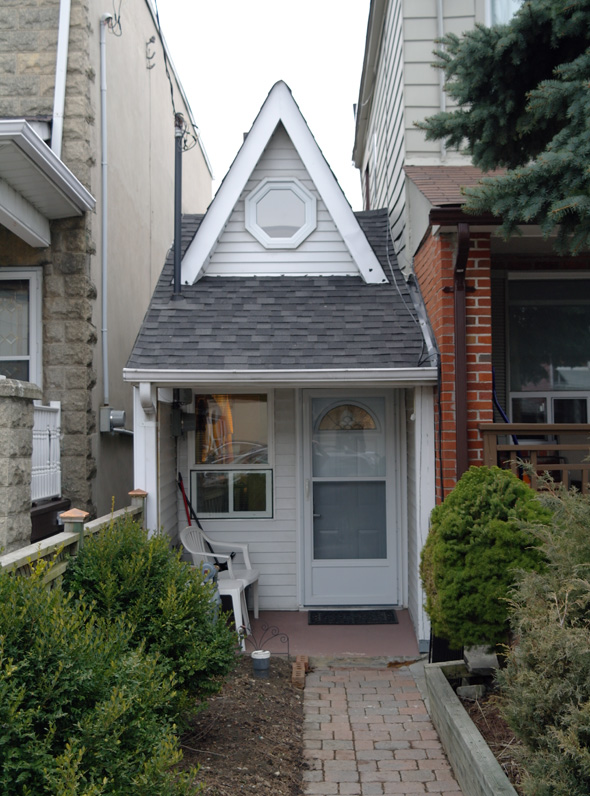
From the front it is a perfect little gingerbread house. We scampered back to Walter and Sandra’s house for dessert, chatting away about the well kept surprise.
And so ended a lovely evening with family.
Val always mockingly winces when I say he is nice. He really does come from a smart yet very kind family. There’s nothing wrong with nice in this crazy and often cruel world.
